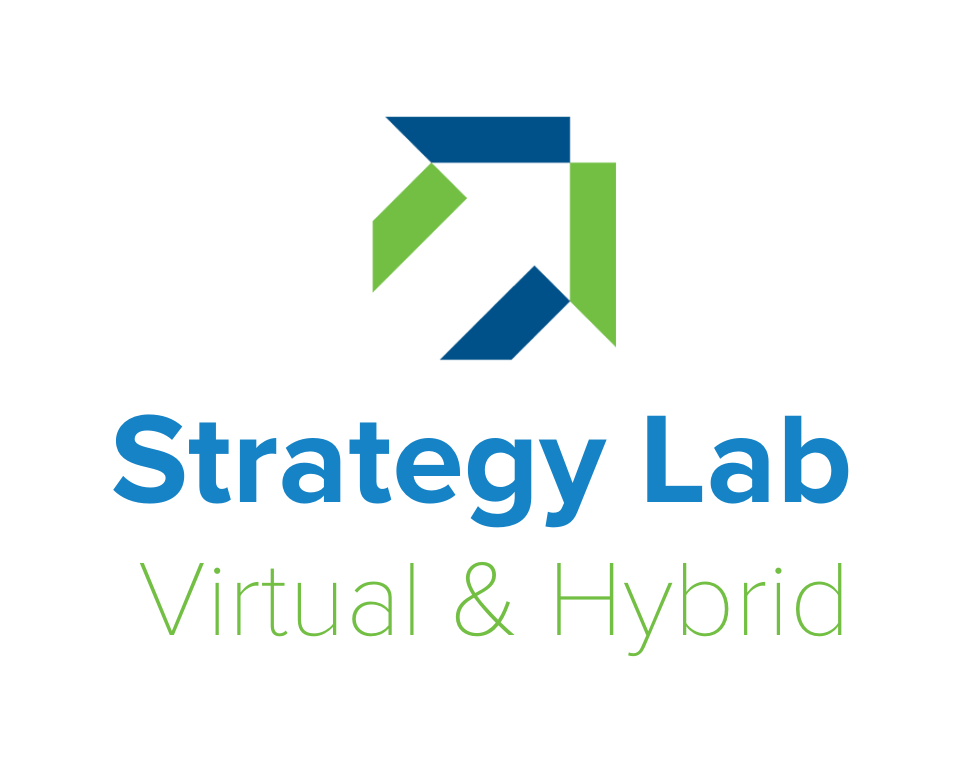Key Takeaways
In order to connect, collaborate, and support families to be partners in their students’ virtual learning experiences, systems and schools should:
Reach out to families in multiple ways – early and often – to ensure all families are contacted and connected from the first day of instruction.
Ensure families are given the tools, resources, and support they need to be a vital participant in their students’ success.
Build opportunities for families to connect with each other as partners and peer supports throughout the learning experience.

What is the problem?
Strong relationships and communication with families (including parents, guardians, and other adults at home) is a vital and often under-utilized force for students' ongoing success, especially when learning in a virtual setting. By setting up specific ways to connect, share, and leverage families as partners in learning, educators can help students stay on the right track, find the support they need, and access advocates for their progress and learning.
Why is it important?
Engaging parents, caregivers, and families in their student’s academic journeys is strongly connected to academic growth. Different from family involvement, engagement is more than volunteering for school functions or one-way communication home; it ensures families have shared responsibility for student outcomes and a voice in their child’s education. Effective engagement is critical in virtual and remote settings, where families working with learners at home can play an even bigger role helping students stay on track, find key support, and mitigate potential feelings of disconnection and isolation from peers and teachers.
The research says...
TLA’s review of the available research on virtual learning as well as other syntheses of family engagement literature highlights the importance of having caregivers and families involved in students’ academic journey – even more so during times of learning disruption. Specifically, the research suggests:
Activating students’ personal networks and tapping into the people who support them at home can help increase student engagement and achievement. Students’ abilities to participate effectively, behaviorally, and cognitively in learning is supported by their personal communities, and leaning into those networks can help students succeed.
Creating specific plans and adopting explicit strategies to engage families proactively and consistently can be effective strategies for increasing home-school partnerships. Schools can develop ways to provide personalized communication, offer resources, connect them with other familles, and keep them involved with the school community.
Educators should be mindful of how family engagement strategies serve to mitigate – or potentially exacerbate – equity gaps, especially for caretakers juggling competing demands.
How: Solution
Virtual learning poses distinct challenges – and offers unique advantages for engaging families. Without regular touchpoints at a physical school, families can feel isolated from their student’s academic journey, may be unclear about how to support their students, and might lack camaraderie with other families. Conversely, operating virtually can build habits for more consistent communication, open resources, and the ability to engage families in more flexible ways. It is important to offer structured, consistent, and scheduled opportunities for educators to connect with families, support them as partners in their student’s learning experience, and build ways for families to connect with each other. Developing specific methods for educators to reach out early and often, host virtual family connection events, and/or offer creative activities to intentionally foster these relationships and contribute to an overall sense of community has been noted multiple times from virtual schools as being key to successful implementation.
Before getting started, it is important to first reflect on current family engagement strategies. What do you have in place already? Which families are you able to engage effectively at the present moment – and which families are you not able to engage as effectively? Why? Based on these answers, set some goals with an eye towards making sure you are putting priority on those students who might need the most support.
Next, take stock of the resources you currently have available:
Human capacity: Does your school have enough staff and time to offer virtual events for parents to connect with each other and the school?
Technology: Do you have the tech tools needed to host virtual meetups or groups (e.g., Zoom, group pages on Facebook)?
Budget: Do you have financial resources to purchase or build a platform/app that can facilitate conversations between families, parents, and staff?
Based on which resources your school has available, you can then design an approach that meets the needs of your school and your families. This approach can often be designed in partnership with families themselves.
While approaches to family engagement may differ among schools, it is important to ensure the three pieces below – reaching out, offering strategic support, and building opportunities for families to connect with each other – are included in some way. It is also vital to be transparent with families as you communicate your goals, expectations, and opportunities on various platforms and in multiple languages to ensure parents are both aware of what’s available to them and have opportunities to participate in a way that meets their needs.
Beginning Family Outreach: Making Contact Early and Often
Establishing a strong relationship with students’ families usually begins before students even start their academic classes. Schools can build a strong foundation with parents and caregivers by reaching out before school begins (or during the first few weeks of the academic calendar) to connect personally, learn more about a student's interests and background, offer ongoing support throughout the year, and discuss how each party can best support the student as a team moving forward. Virtual schools can also take this one step further and offer online information sessions prior to the start of the year to ensure families are able to navigate online platforms, check students’ grades/assignments, and successfully leverage the technology/infrastructure necessary for success.
To ensure families continue these conversations, many schools set up a regular cadence to reach out to families and check in about student performance, offer additional help, and address any questions or challenges the student may be facing. It is also important to offer information across multiple modalities (e.g., text messaging instead of only calling), at multiple times (e.g., offering evening hours for communication in addition to daytime hours), and in multiple languages to ensure equitable outreach.
Strategies/Resources:
Explore the strategies below to learn about other ways virtual schools implement effective family outreach.
Ensuring Family Involvement: Giving Families Access to the Right Supports for Students
Even though families likely want to be actively involved in their student’s academic career and contribute to their child’s achievements and successes, many aren’t sure how to do it. Educators can offer concrete strategies and structures that bring families into the fold and incorporate their voices and assets to strengthen students’ participation, motivation and connections. To do this, schools can collaborate with families to develop a family contract with their student, collect ideas and suggestions through ongoing feedback cycles, and embed their thoughts and viewpoints within student-led family conferences. By building programs and touchpoints that position families as partners – rather than just bystanders – educators can greatly improve home-school connections and build relationships that can impact students' success now and in the future.
Strategies/Resources:
Explore the strategies below to learn about other ways virtual schools support their families to be partners in their students' learning journey.
Building Family Connections: Offering Opportunities for Families to Connect with Each Other
In addition to forming strong family-school relationships, it is vital for educators to help families connect with each other to establish a tight-knit, engaged community outside of the classroom. Connecting with other families provides parents and caregivers the opportunity to learn from each other’s experiences, ask questions, discuss challenges, and form supportive relationships. Schools can foster these connections through virtual events, online meetups, and regional social groups. Whether schools are in-person, hybrid, or virtual, these online strategies may actually result in more participation since families can join from the convenience of their homes, particularly if school leaders choose a meeting time that works best for their community’s schedules and provide personalized support (such as translation services or meetups hosted in multiple languages).
Strategies/Resources:
Explore the strategies below to learn about other ways virtual schools offer opportunities for families to connect with each other in authentic ways.
Take it further
Explore these additional guides to learn more about student engagement, virtual assessments, and multimodal learning experiences that support all students.
Additional Virtual, Remote, and Hybrid Learning Resources:

If your school system has a virtual or hybrid school, consider joining our latest cohort-based learning opportunity, Strategy Lab: Virtual & Hybrid. This philanthropically-funded experience will bring 10 to 12 school system teams together to turn their virtual or hybrid schools into exemplars of change, like the ones highlighted above. Through one-to-one coaching, cross-cohort collaboration, and expert support, school systems will be guided through an inclusive design process to explore and iterate on improvements to their virtual and hybrid models. This initiative is offered at no-cost for selected districts.
For details about the cohort experience and expectations, explore our one-pager for school systems and read our announcement blog about the Strategy Lab.
To apply, complete this application.
Still have questions? Reach out to nate.kellogg@learningaccelerator.org.